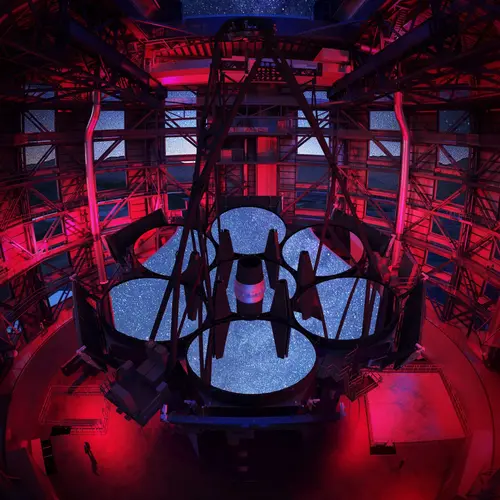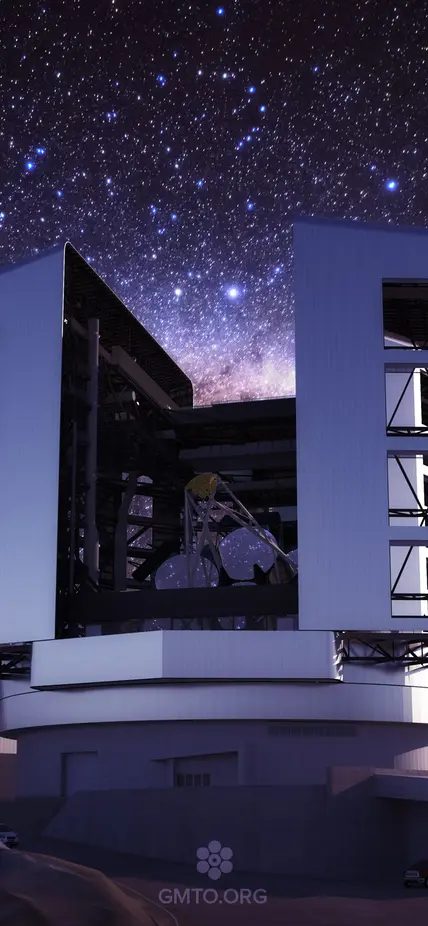
As a founding partner in the Giant Magellan Telescope, currently under construction at Carnegie Science’s Las Campanas Observatory in Chile, we are pleased that the National Science Board recognizes the U.S. Extremely Large Telescope program’s role in maintaining national competitiveness in astronomy and astrophysics. As this process continues to advance, we look forward to collaborating with our partners and are prepared to answer any additional questions about the breakthroughs that next-generation telescopes will enable--revealing the physics underpinning our cosmos and enhancing the search for life elsewhere. Carnegie Science will be following the National Science Foundation's decision-making process closely as it develops and will continue to share updates with our community.
February 27, 2024
The National Science Board approved the statement and resolution below during its Feb 21-22, 2024 meeting in recognition of the scientific importance of the U.S. Extremely Large Telescope program, Astro2020 recommendations, and the need to balance infrastructure investments with other NSF strategic priorities.
NSB Statement on the U.S. Extremely Large Telescope Program
The Board appreciates the consensus views of the Pathways to Discovery in Astronomy and Astrophysics for the 2020s (Astro2020) report, the ambitious science goals it presents, and its associated programmatic recommendations. The top recommendation for NSF’s ground-based initiatives is the investment in the U.S. Extremely Large Telescope (USELT) program, and the Board stands ready to help the agency meet this important, ambitious, and visionary goal for U.S. science and leadership. However, the Board is concerned that the USELT alone would require about 80% of the historical Major Research Equipment and Facilities Construction (MREFC) budget even under the Astro2020-recommended $1.6 billion1 investment. The Board recognizes there are compelling MREFC needs across a wide range of science and engineering fields, as well as other astronomy needs expressed in the Astro2020 decadal survey. Moreover, the priorities of the astronomy and astrophysics community must be considered in the broader context of the high-priority, high-impact projects for the many disciplines that NSF supports.
Therefore, in recognition of NSF’s other strategic priorities and out of concern that “the large gap between commitments in-hand from the partners, and what is required to complete [the Giant Magellan Telescope (GMT) and Thirty Meter Telescope (TMT)]”2 risks ELT and, thus, U.S. science and engineering, the Board recommends that:
-
The USELT Total Project Cost to NSF does not exceed the $1.6 billion MREFC investment proposed by Astro2020.
-
NSF discuss with the Board during the May 2024 meeting its plan to select which of the two candidate telescopes the Agency plans to continue to support, including estimated costs and a timeline for the project.
-
NSF discuss with the Board during the May 2024 meeting its progress in developing a long-term agency strategy for MREFC projects.
1 Pathways to Discovery in Astronomy and Astrophysics for the 2020s, Table S.6; pg. K-14; in real year dollars as of 2020, from NSF’s Major Research Equipment and Facilities Construction account
2 Op. cit., pg. 7-24
